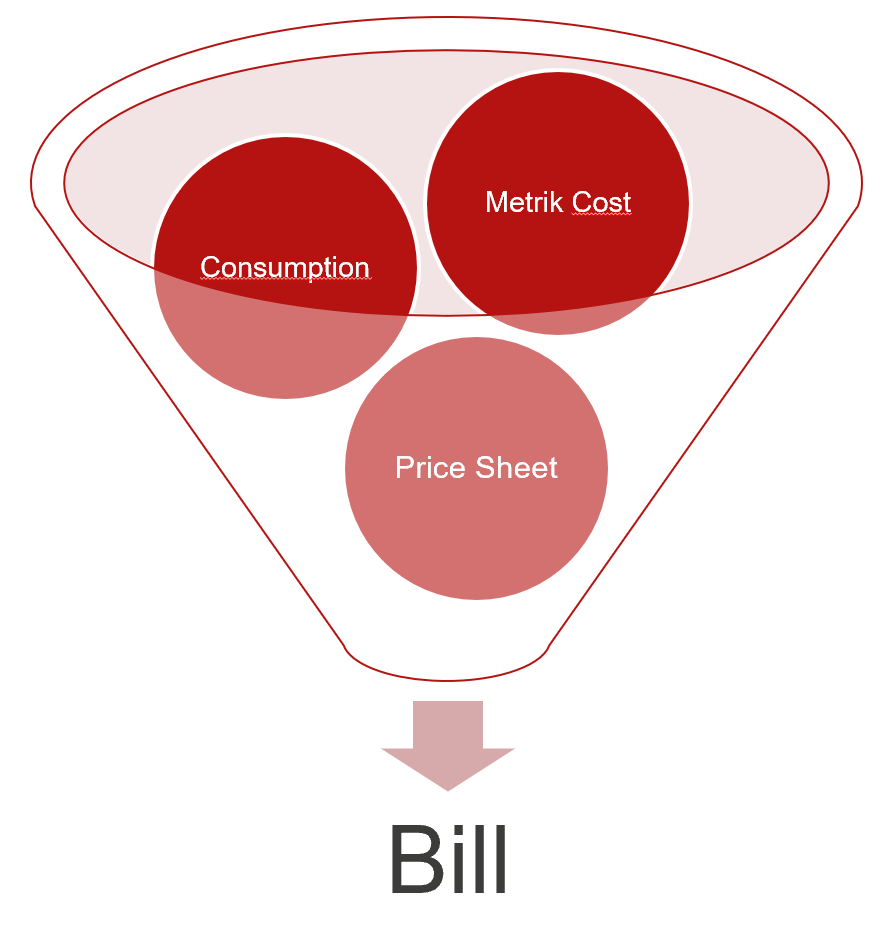[NEWS] Azure News of the week
5. Juli 2024Also this week there were many news around Microsoft Azure! Here as always the overview for you: Have fun reading and trying it out…
Our first DEEP-article in 2020 will cover a topic that I had written about in Feb 2019 already: Azure Reservations.
At this time the topic was not that complex as it is today. Based on all the news from Microsoft Ignite in November 2019 and also covering all the changes since the last post, the next weeks will cover Azure Reservations in DEEP.
The argument that cloud computing is too expensive holds true at almost every corner. In some cases this is true, although a pure cost comparison is not nearly fair. Those who rely on cloud solutions receive much more than just paid services. In addition to the VM you pay for every minute, you get highly secure, high-performance and professionally operated data centers. A selection of services that you could never imagine in your own data center and the ability to turn off the cost at any time.
Therefore comparisons between on-premises and cloud should not only be based on costs, but should rather consider the whole package….or how is your DDoS protection in your own datacenter 🙂
So why talking about Azure Reservations? … Quite simple … this is one of the best ways to save costs. That’s why service providers, distributors and anyone who wants to make you cloud appealing will only talk about prices with Azure Reservations.
But to be able to judge this fairly, you have to understand how these reservations work. This is exactly where I encounter a lot of misconceptions and prejudices in numerous customer appointments. This is what we try to change now with this!
Before you start to discuss reservations in Azure, you should first understand the basic components of costs in Azure… it will be fun for the first time…
Azure basically knows a term for the use of resources in Azure: „Consumption“ (also Consumed Quantity). For each resource, a metric is used to measure which consumption has been incurred. When operating a normal VM, for example, several resources are used and therefore several metrics are counted:
each of these metrics has an assigned price in Azure. Both together are stored in Azure’s metrics system.
Take a look into the Azure Consumption API, then you will find the Usage Detail API. This API gives the consumption per metric per resource for each day. So you can imagine that this will be an extensive data collection.
Together with the information from the Price Sheet API (for Enterprise Customers), which captures customer-specific costs per metric, the total cost can then be calculated.
For non-EA customers, the standard rate or a rate of a CSP partner will be charged.
Costs therefore require that the use of individual resources is measured, that this use is combined with a price sheet and that an invoice is created from this.

Now as we know how Microsoft is measuring cost you can understand the benefits for you and the possible benefits for Microsoft.
If you run a resource that is not required 24/7 then you can possibly shut it down and save some money as you are paying per-use. For you this is an option to lower your monthly bill. But there is an issue: what if you need the service 24/7
For Microsoft the main task in data center planning is forecasting. And with services that are not running 24/7 a forecast is very difficult. So if customers would pay for 24/7 even if they are just using 23/7 it would be way easier. This is where Azure Reservations help out. Microsoft offers some discount for the commit to buy 24/7 of a service and to pay it without looking into the metric.
But more on this next week
This article is based on my current knowledge as of January 2020. All information is subject to change without notice…especially as the rules of the game can change at any time and there is a possibility that I have misunderstood or overlooked something … If this is the case, I would be happy if you add it to the comments.
1 Comment
[…] [DEEP] Azure Reservations – Cost in Azure [DEEP] Azure Reservations – Fundamentals [DEEP] Azure Reservations – Purchasing [DEEP] Azure Reservations – Settlement [DEEP] Azure Reservations – Change, Exchange, Refund […]